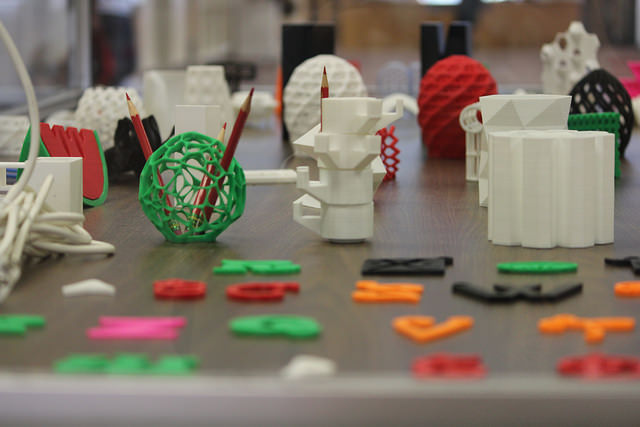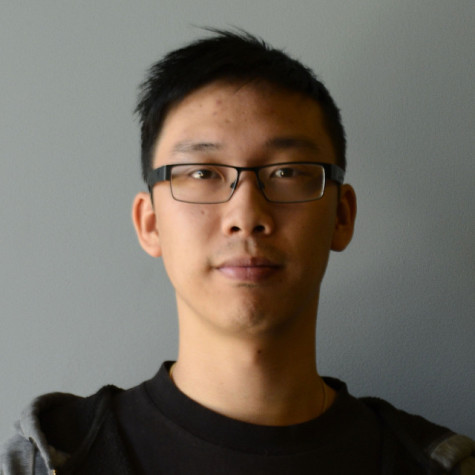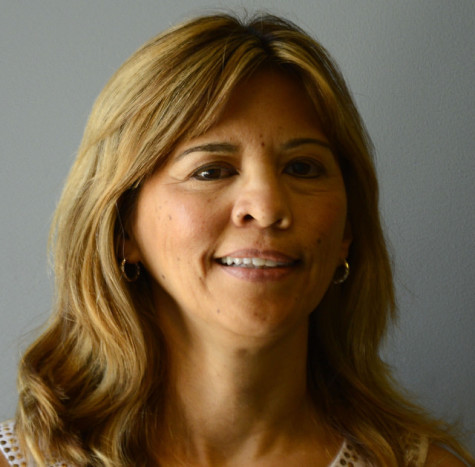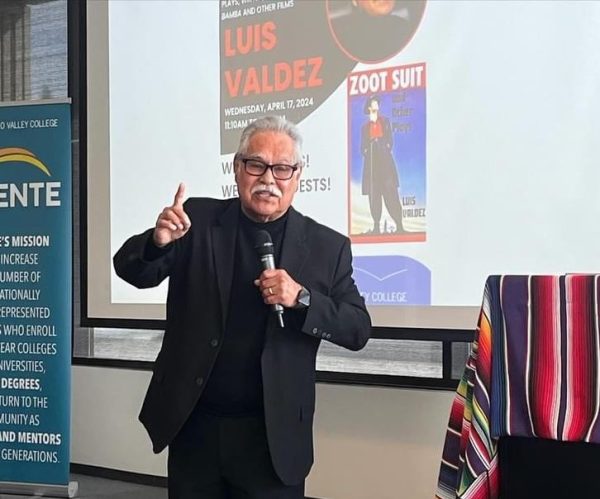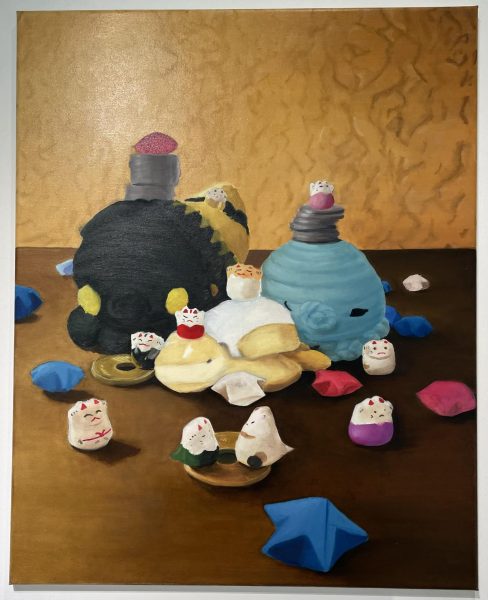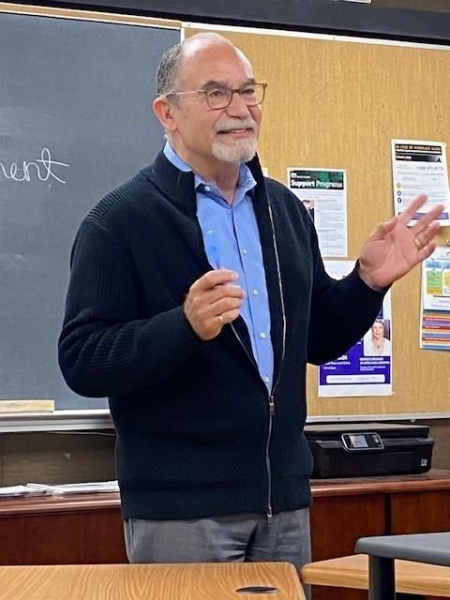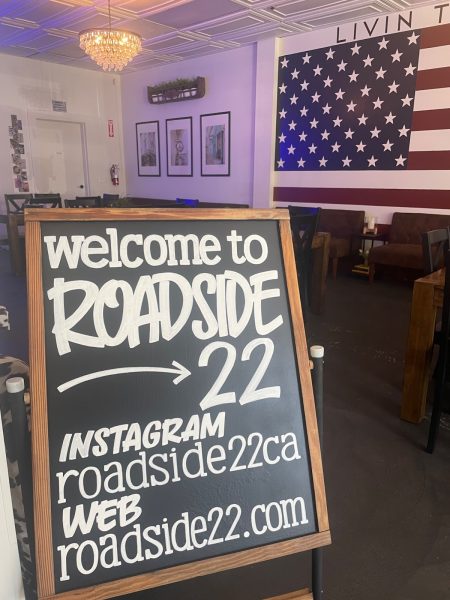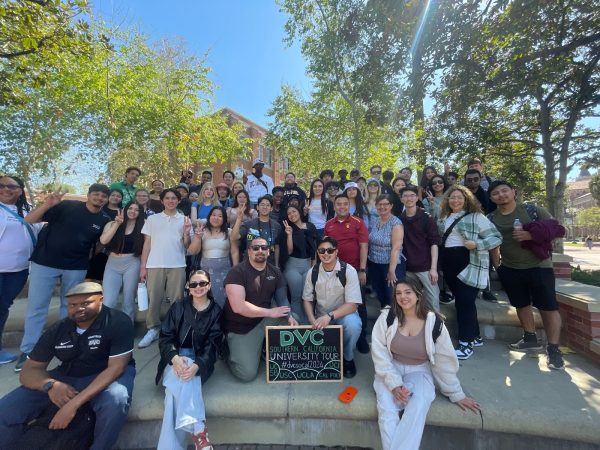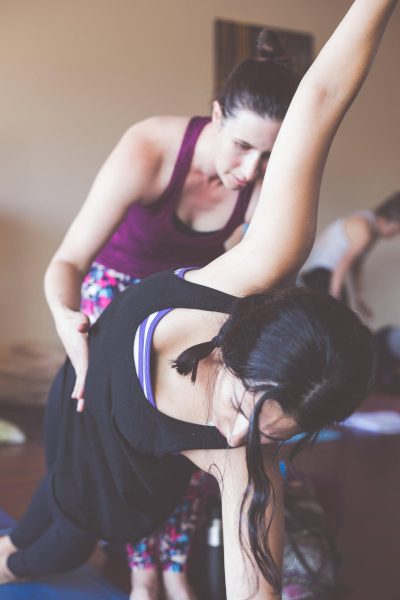3-D Printing Gallery at DVC
Student created 3D art on display near the entrance in the Library.
September 9, 2014
If you are wondering what the display of intricate carvings, trinkets and pendants represent in the DVC library, wonder no more. They are not handcrafted objects at all. They are printed, by none other than students of the DVC engineering program who operate machines called 3-D printers.
The gallery has been on display since May 20, 2014. It showcases the flexibility of 3-D printing and highlights that the limit of what can be “printed” is entirely up to the designer’s imagination.
Tatjana Polyakova, an instructor of the 3-D printing program, explained the concept behind some of the display pieces.
“The gallery itself was designed to promote the engineering department and architecture classes. Each piece within the gallery is designed to show a little bit of 3-D printing capability. For example, the designs that make up the 3-D print row show the ability to create moving gears, ball bearings, hexagonal patterns and flexible designs in a single print.”
Printed objects can range from household objects like cups and dishes, to outlandish items like rocket parts and spinal vertebra. The process begins with the design of a 3-D object on a computer program called Grasshopper 3-D. The printer then takes the design and prints the object in layers, usually out of plastic polymers such as nylon.
DVC introduced 3-D printing last spring when a U.S National Science Foundation grant provided funding for the printers. Architecture and engineering students led by instructors Andrew Hauris and Polyakova have since been designing stylish and functional objects.
Omar Shishani, 19, a third-year architecture major described his experience with 3-D printing.
“3-D printing is actually not that difficult. The design process took two to three hours while the actual printing took six hours.”
Omar’s piece, a white fist, was inspired when he was looking at his own fist. “The fist has a nice form and everyone has one. We take it for granted some times as it’s built everything around us.”
Stephanie Richard 19, an architecture major described the watermelon pencil holder that she made.
“It was my first experience designing and making the pencil holder with 3-D printing. I was so excited when Ms. Tatjana showed us some of her work, it encouraged me to make my watermelon really well. When I first drafted the watermelon, it was harder than I thought. However I was really touched and happy when I saw my watermelon could join the exhibit. If I get the chance, I will definitely do 3-D printing again.”
The gallery has become a favorite with students and faculty alike. Though there are currently no future plans for another 3-D printing gallery, you can still see the 3-D printers in action in the engineering building. The gallery will close on Sep 9th.





































































